DIY Quilted Table Runner: A Simple Sewing Project
Are you looking to add a touch of warmth and style to your dining space? Creating a quilted table runner might just be the perfect project for you! Not only does it serve as a stunning centerpiece, but it also provides an opportunity to express your creativity and sewing skills. In this article, we will guide you through the entire process of making your own quilted table runner, from selecting the right fabrics to adding those finishing touches that make it uniquely yours. So, grab your sewing machine and let’s dive into this fun and rewarding DIY project!
The first step in your quilting adventure is selecting the right fabrics. This is where your creativity can really shine! When choosing fabrics, consider the following:
- Fabric Types: Cotton is a popular choice due to its durability and ease of handling. However, you can also explore blends or specialty fabrics for unique textures.
- Patterns: Think about the overall vibe you want to create. Floral patterns can bring a fresh, spring-like feel, while geometric designs might lend a modern touch.
- Colors: Choose colors that complement your existing decor. Don’t be afraid to mix and match; sometimes, the most unexpected combinations can yield stunning results!
By carefully selecting your fabrics, you set the foundation for a beautiful table runner that will enhance your home decor.
Before you get started, it's crucial to gather all the necessary tools and materials. Here’s a quick checklist to ensure you have everything you need:
- Sewing machine
- Rotary cutter and cutting mat
- Fabric scissors
- Quilt batting
- Backing fabric
- Thread (matching your fabrics)
- Iron and ironing board
Having these tools at your fingertips will not only make the process smoother but will also enhance the quality of your finished product.
Accurate measurements are essential for a well-fitted table runner. Start by measuring your table's length and width. A standard table runner is typically about 12 to 16 inches wide and can range from 36 to 72 inches long, depending on your table size. Once you have your measurements, it’s time to cut your fabric pieces accordingly. Remember, a well-cut piece is the key to a polished final product!
A rotary cutter can significantly improve your cutting precision. Unlike traditional scissors, a rotary cutter allows you to make long, straight cuts with ease. To use it effectively:
- Place your fabric on a cutting mat.
- Align your ruler on the fabric, ensuring it’s straight.
- Carefully run the rotary cutter along the edge of the ruler.
Always remember to keep your fingers clear of the blade for safety!
Different cutting techniques can yield various results. For instance, straight cutting is best for simple designs, while bias cutting can add a unique flair to your project. Bias cutting allows the fabric to stretch slightly, which can be beneficial for curved shapes. Experiment with both methods to see which one suits your design best!
Once your fabric pieces are cut, it's time to assemble the layers. Start by laying your backing fabric down, right side facing down. Next, place your batting on top of the backing, followed by your top fabric, right side facing up. This layering creates the beautiful quilted effect that will make your table runner stand out!
Now comes the fun part—quilting! There are various quilting techniques you can explore, such as straight-line quilting or free-motion quilting. Each technique offers a different texture and design, so choose one that resonates with your style. Straight-line quilting is great for beginners, while free-motion quilting allows for more creativity and intricate designs.
Both hand and machine quilting have their unique advantages. Hand quilting can be a meditative process, allowing you to connect with your project on a deeper level. On the other hand, machine quilting is faster and can produce more uniform stitches. Consider your time constraints and skill level when deciding which method to use.
To truly personalize your table runner, think about adding decorative elements like embroidery or appliqué. These touches can elevate your project from simple to stunning! You might consider stitching a monogram or adding fabric shapes that reflect your personality or theme.
After completing your table runner, it’s essential to finish it properly. Binding is the final step that gives your runner a polished look. There are various binding techniques, but the most common involves folding the edges over and sewing them down. Once you’ve bound your runner, be sure to follow care instructions to keep it looking its best for years to come!
Q: How long does it take to make a quilted table runner?
A: The time can vary based on your experience level and the complexity of your design, but typically it can take anywhere from a few hours to a couple of days.
Q: What is the best fabric for a table runner?
A: Cotton is highly recommended due to its durability and ease of use. However, feel free to experiment with other fabrics that suit your style!
Q: Can I wash my quilted table runner?
A: Yes! It’s important to follow the care instructions for the fabrics you choose, but most cotton table runners can be machine washed on a gentle cycle.
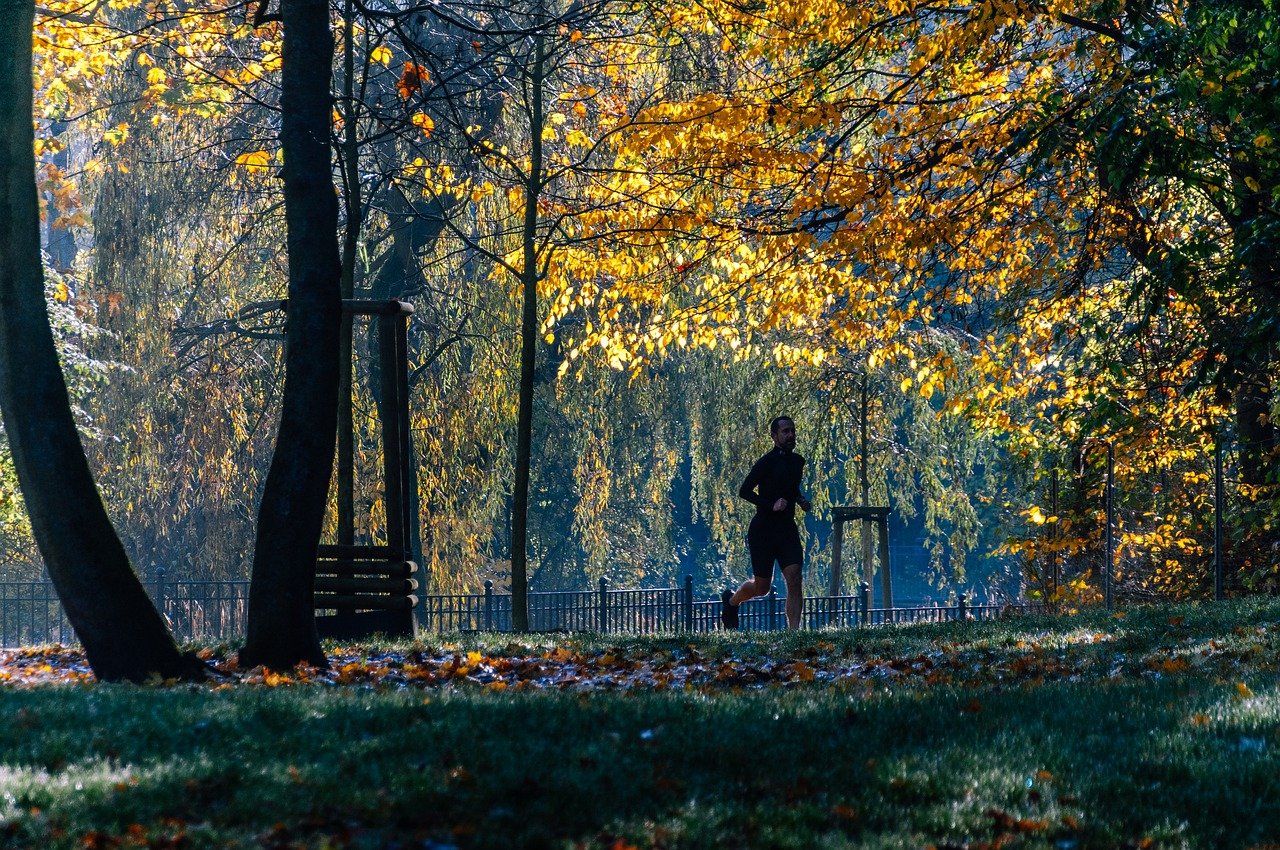
Choosing the Right Fabrics
When it comes to creating a stunning quilted table runner, the choice of fabric is absolutely crucial. Think of it like baking a cake; the ingredients you select will determine the overall flavor and presentation. You want your table runner to not only look fabulous but also stand the test of time. So, how do you choose the perfect fabric? Let’s dive into some key considerations that will help you make the right decision.
First off, consider the type of fabric. There are various options available, each with its own unique characteristics. Cotton is often the go-to choice for quilting projects due to its durability and ease of handling. It’s like the reliable friend who always shows up when you need them! However, if you’re looking for something with a bit more flair, you might also explore fabrics like linen or blends that incorporate polyester for added strength and wrinkle resistance.
Next, think about the patterns and colors. This is where your creativity can really shine! You might want to go for a cohesive look with matching colors, or perhaps a bold, contrasting design that makes a statement. Don’t be afraid to mix and match patterns, but keep in mind that too many busy designs can become overwhelming. A good rule of thumb is to choose one dominant fabric and complement it with a few accents. This way, your table runner will have depth without being chaotic.
As you explore your fabric options, also take into account the weight and texture of the fabric. Heavier fabrics can provide a luxurious feel but may be more challenging to sew, while lighter fabrics are easier to work with but might not hold their shape as well. Think of your table runner as a piece of art; the texture can add an additional layer of interest. For instance, a soft flannel could give your runner a cozy vibe, perfect for a rustic kitchen, while a sleek satin might be ideal for a more elegant dining setting.
Another important factor is durability. Your table runner is likely to encounter spills, crumbs, and the occasional tug from a curious pet. Choosing fabrics that can withstand wear and tear is essential. Look for materials that are stain-resistant or easy to clean, ensuring that your beautiful creation remains pristine for years to come. It’s like investing in a quality pair of shoes; you want them to last and look good while doing it!
Lastly, don’t forget about the budget. While it’s tempting to splurge on high-end fabrics, there are plenty of affordable options that don’t compromise on quality. Always check for sales or discounts at your local fabric store or online. You can create a stunning table runner without breaking the bank. After all, creativity isn’t measured by how much you spend but by how you use what you have!
In summary, choosing the right fabrics for your quilted table runner involves considering the type, patterns, colors, weight, durability, and budget. By thoughtfully selecting your materials, you’ll set the stage for a beautiful and functional piece that enhances your home decor. Now that you have a solid understanding of fabric choices, let’s move on to the essential tools and materials you’ll need to bring your vision to life!
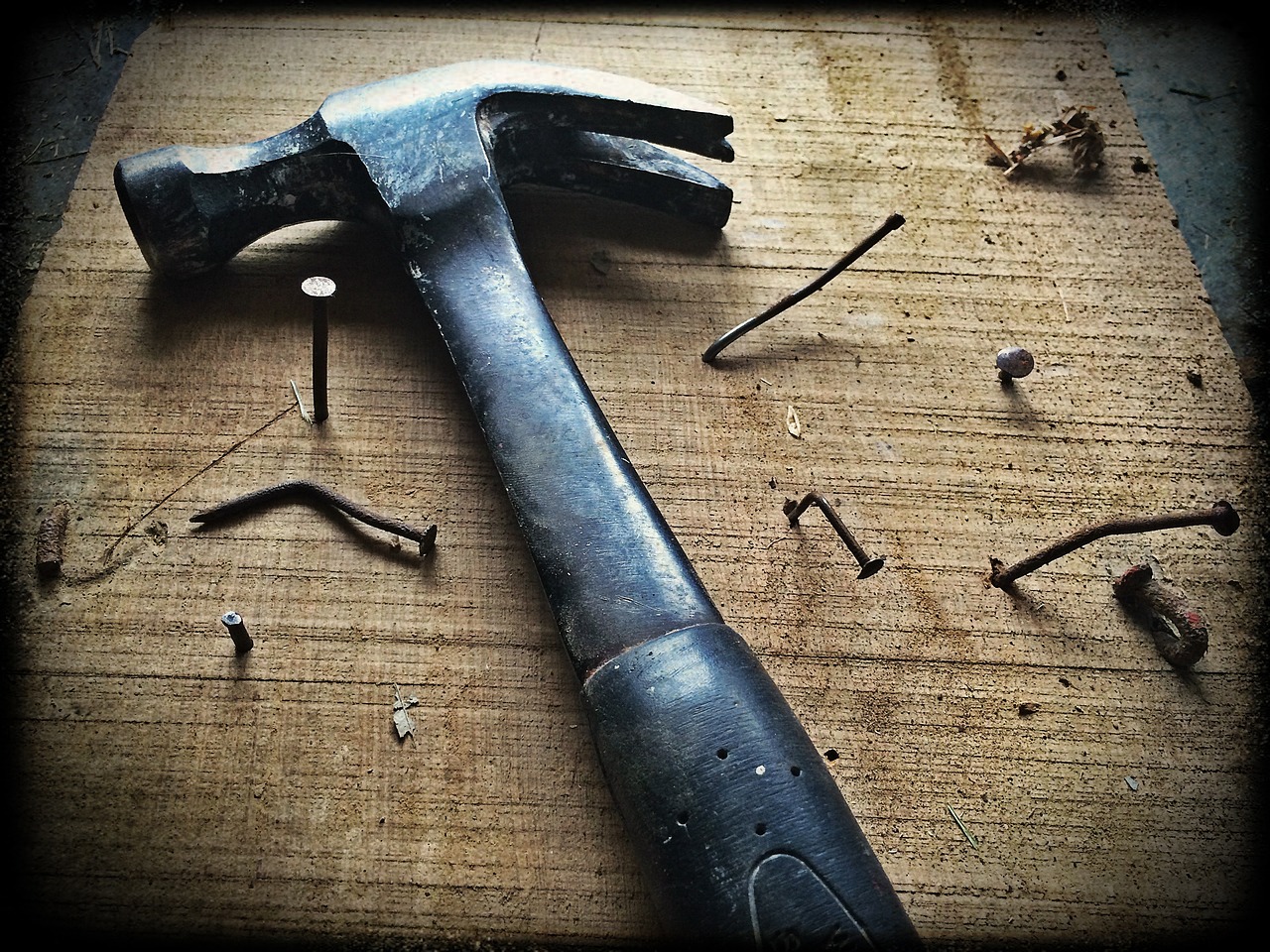
Essential Tools and Materials
Before diving into the exciting world of quilting, it's crucial to gather all the you'll need for your table runner project. Think of this step as laying the foundation for a beautiful house; without the right tools, even the most creative ideas can fall flat. So, let’s get into what you need to make your sewing experience smooth and enjoyable!
First and foremost, you’ll need a reliable sewing machine. While some may opt for hand sewing, a machine can save you a significant amount of time and effort, especially if you're working on larger projects. If you don’t already own one, consider borrowing or renting before making a purchase. Look for a machine that has a variety of stitch options, as this will give you more flexibility in your designs.
Next up, you’ll want to stock up on fabrics. Choose materials that resonate with your personal style. Cotton is a popular choice due to its durability and ease of handling. However, don’t shy away from exploring other fabric types like linen or even blends that can add a unique flair to your table runner. When selecting fabrics, consider the following:
- Color Scheme: Pick colors that complement your home decor.
- Patterns: Stripes, florals, or solids can all work beautifully depending on your vision.
- Texture: Mixing different textures can add depth and interest to your project.
Another critical item on your list is batting, which adds that lovely cushioned look to your quilt. Batting comes in various thicknesses, so choose one that fits your desired style. A thicker batting can give a more plush feel, while a thinner one will keep the runner lightweight. Additionally, don’t forget about backing fabric, which will serve as the foundation layer of your quilt. This fabric can be a fun print or a simple solid, depending on your aesthetic choice.
Now, let’s talk about cutting tools. A rotary cutter is a must-have for precise cuts. It works like a pizza cutter but for fabric, allowing you to slice through multiple layers with ease. Pair it with a cutting mat to protect your surfaces and ensure clean cuts. If you're new to quilting, a good pair of fabric scissors is also essential for those detailed snips.
Finally, you’ll need some sewing notions to tie everything together. Here’s a quick list of what you might consider:
- Pins: To hold your fabric pieces together while you sew.
- Thread: Choose a color that matches or contrasts your fabric; polyester or cotton thread works well.
- Iron: Pressing your seams as you go can make a world of difference in the final appearance.
To wrap it all up, having the right tools and materials is like having a well-stocked toolbox before starting any home improvement project. It sets the stage for creativity and ensures your quilting journey is as enjoyable as the finished product is beautiful. So, gather your supplies, and let’s get ready to create something amazing!
Q: Do I need a fancy sewing machine to start quilting?
A: Not at all! A basic sewing machine with a straight stitch function will work just fine for beginners. As you advance, you might consider upgrading to a machine with more features.
Q: What type of fabric is best for a table runner?
A: Cotton is highly recommended due to its durability and ease of use. However, you can experiment with other fabrics as long as they are suitable for sewing.
Q: How do I care for my quilted table runner?
A: It's best to wash it on a gentle cycle with cold water and tumble dry on low. Always check the care instructions for your specific fabrics.
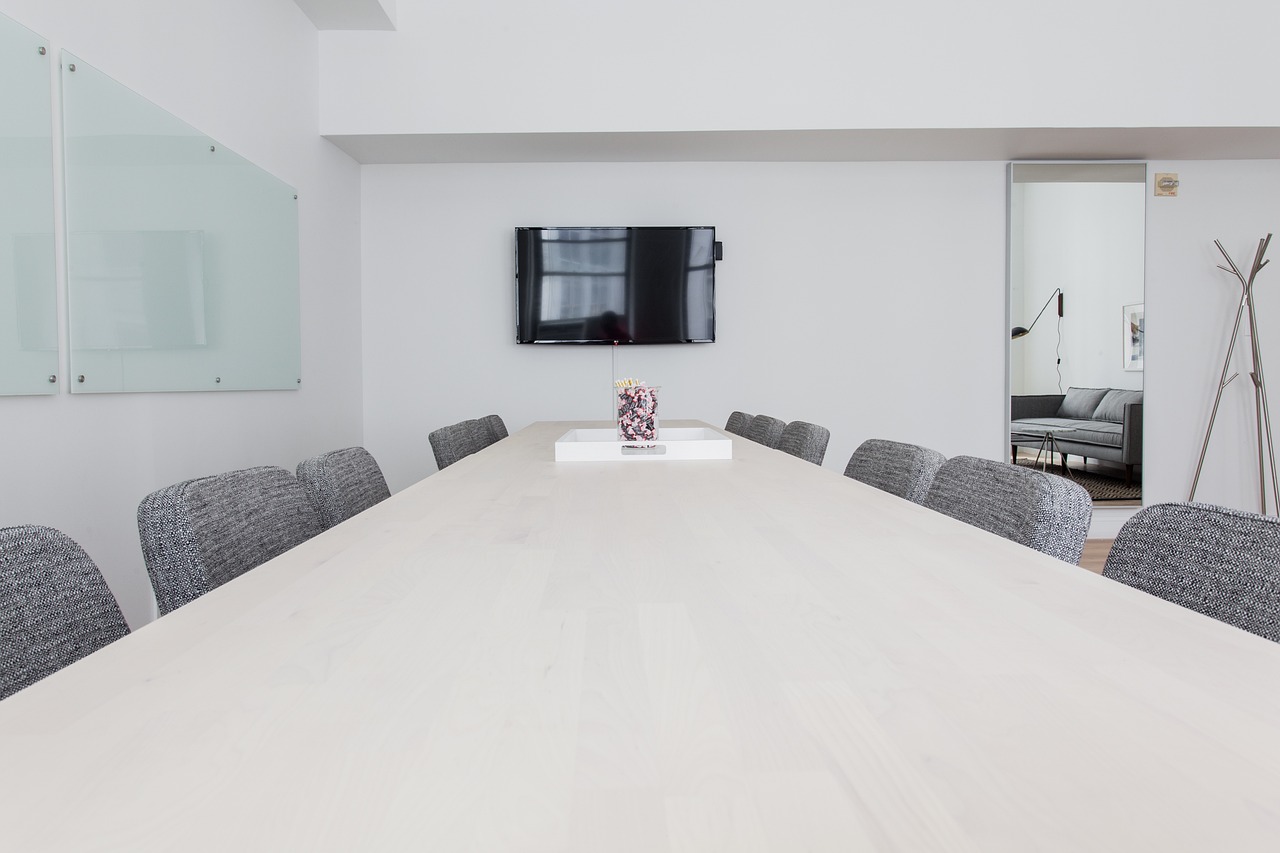
Measuring and Cutting Fabric
When it comes to creating a stunning quilted table runner, measuring and cutting your fabric accurately is absolutely essential. Think of this step as laying the foundation for a house; if the measurements are off, the entire structure can be compromised. Start by measuring your table to determine the desired length and width of your table runner. A typical table runner is often about 12 to 18 inches wide and can range from 36 to 72 inches long, depending on your table size and personal preference.
Once you have your dimensions, mark them clearly on your fabric. Use a fabric marker or chalk to ensure your lines are visible but can be easily removed later. To achieve the best results, consider adding an extra inch to your measurements for seam allowances. This will give you a little wiggle room when you sew everything together. Remember, precision is key here!
Next up, it’s time to cut the fabric. Here’s where a rotary cutter can be your best friend. This tool allows for clean, straight cuts that are crucial for a polished finish. If you’re new to using a rotary cutter, don’t worry! Just follow these simple steps:
- Place your fabric on a cutting mat: This will protect your surfaces and help keep your fabric in place.
- Align your ruler: Use a clear quilting ruler to ensure you’re cutting straight. The grid lines on the ruler will help guide your cuts.
- Cut with confidence: Press down firmly on the rotary cutter as you glide it along the edge of the ruler, ensuring a smooth and even cut.
In addition to straight cuts, you may want to explore different cutting techniques depending on your design. For instance, bias cutting can add a unique flair to your project, especially for curves or angles. This technique involves cutting your fabric at a 45-degree angle to the grain, allowing for more flexibility and a beautiful drape. Just remember that bias-cut pieces can stretch more easily, so handle them with care!
Once you’ve cut all your fabric pieces, it’s a good idea to lay them out on your table to visualize how they’ll come together. This step can help you spot any discrepancies in size and allows you to make adjustments before moving on to the next stage. Trust your instincts and don’t hesitate to make changes; after all, this table runner is a reflection of your personal style!
In summary, measuring and cutting your fabric accurately is a crucial step in creating a quilted table runner that you can be proud of. Take your time, be precise, and remember that this is the foundation of your beautiful project. With these tips in hand, you’re well on your way to crafting a stunning centerpiece for your home!
Q: How do I determine the right size for my table runner?
A: Measure the length and width of your table and decide how much overhang you want. A common width is 12 to 18 inches, and the length can vary from 36 to 72 inches.
Q: Can I use any type of fabric for my table runner?
A: While you can technically use any fabric, it’s best to choose materials that are durable and easy to clean, like cotton or linen.
Q: What tools do I need for cutting fabric?
A: A rotary cutter, cutting mat, and quilting ruler are essential for precise cutting. You can also use scissors if you prefer, but a rotary cutter will give you cleaner edges.
Q: Should I prewash my fabric?
A: Yes, prewashing your fabric can help remove any chemicals and prevent future shrinkage, ensuring your table runner maintains its shape.

Using a Rotary Cutter
When it comes to quilting, precision is key, and that's where a rotary cutter shines. Imagine trying to slice through a loaf of bread with a dull knife; it’s messy and uneven, right? The same principle applies to fabric cutting. A rotary cutter is like that sharp knife, allowing you to achieve clean, straight cuts that make your quilting project look professional. But how do you use this nifty tool effectively? Let’s dive into the essentials of using a rotary cutter!
First off, it's important to understand that a rotary cutter is designed for cutting multiple layers of fabric at once. This can save you a significant amount of time, especially when you’re working on larger projects like a quilted table runner. To get started, you’ll need a few items:
- A rotary cutter
- A cutting mat
- A ruler or straight edge
Now, let’s break down the steps to using a rotary cutter:
- Set Up Your Workspace: Make sure your cutting mat is clean and free of debris. A clutter-free space allows for better focus and precision.
- Position Your Fabric: Lay your fabric flat on the cutting mat. If you're cutting multiple layers, ensure they are aligned perfectly to avoid any shifting.
- Measure and Mark: Use your ruler to measure the desired length or width. It’s always a good idea to double-check your measurements before making any cuts.
- Cut with Confidence: Hold the rotary cutter at a 45-degree angle and press down firmly as you glide it along the ruler. The key is to apply even pressure to ensure a clean cut.
One of the best features of a rotary cutter is its ability to cut through various types of fabric, from cotton to flannel. However, it's essential to use a sharp blade to maintain that cutting precision. Regularly check your blade and replace it when it starts to dull. A dull blade can lead to ragged edges, which can ruin the overall look of your table runner.
Safety is another crucial aspect when using a rotary cutter. Always keep your fingers away from the blade, and consider using a cutting glove for extra protection. Remember, it’s better to take your time and cut safely than to rush and risk injury.
In summary, a rotary cutter can be a game-changer for your quilting projects. It not only enhances your cutting accuracy but also speeds up the process, allowing you to focus more on the creative aspects of your sewing. So, grab that rotary cutter and start cutting with confidence!

Cutting Techniques
When it comes to quilting, the way you cut your fabric can make or break your project. Think of cutting as the foundation of a house; if the foundation is shaky, everything built on top will be affected. There are a couple of key techniques you can use to ensure your fabric pieces are cut precisely, which will ultimately lead to a more polished final product. Let's dive into the two most common cutting methods: straight cutting and bias cutting.
Straight Cutting is the most straightforward technique and involves cutting along the grain of the fabric. This means you're following the natural lines of the fabric, which helps to minimize fraying and distortion. When using this method, it's essential to align your ruler with the fabric's edges and make sure your rotary cutter or scissors are sharp. The precision of straight cuts is particularly beneficial for creating clean edges, especially when working with squares or rectangles. Additionally, this method is ideal for beginners because it requires minimal skill and is less likely to result in mistakes.
On the other hand, Bias Cutting involves cutting across the fabric's grain at a 45-degree angle. This technique is particularly useful for creating curves or shapes that require a bit more flexibility. When you cut on the bias, the fabric has more stretch, allowing it to conform beautifully to rounded edges and intricate designs. However, bias cutting can be a bit tricky, as it can lead to fabric distortion if not done carefully. To achieve the best results, it's crucial to use a rotary cutter for clean lines and to handle the fabric gently to avoid stretching it out of shape.
To help you understand these techniques better, here’s a simple comparison table:
| Technique | Description | Best For |
|---|---|---|
| Straight Cutting | Cutting along the grain of the fabric. | Squares, rectangles, and basic shapes. |
| Bias Cutting | Cutting across the grain at a 45-degree angle. | Curved shapes and more flexible designs. |
In summary, both cutting techniques have their unique advantages and are essential for different aspects of quilting. By mastering these methods, you'll not only enhance the quality of your table runner but also boost your confidence as a quilter. So, grab your rotary cutter, and let’s get cutting!
1. What is the difference between straight cutting and bias cutting?
Straight cutting follows the grain of the fabric, while bias cutting is done at a 45-degree angle. Straight cutting is great for basic shapes, whereas bias cutting allows for more flexibility and is ideal for curves.
2. Do I need special tools for cutting fabric?
While you can use regular scissors, a rotary cutter and a cutting mat are highly recommended for more precise and cleaner cuts.
3. How can I prevent fabric from fraying when cutting?
Always cut along the grain for straight cuts and consider using a pinking shear or applying a fray check solution on the edges after cutting.
4. Can I use bias cut pieces for straight-line quilting?
Absolutely! Bias cut pieces can be used in straight-line quilting; just be careful to handle them gently to maintain their shape.

Assembling the Quilt Layers
Once you've cut your fabric pieces, the next exciting step in creating your quilted table runner is assembling the quilt layers. This part is where your vision truly comes to life! Imagine each layer working in harmony to create a stunning piece that not only serves a purpose but also adds a splash of personality to your dining space. To get started, you'll need to gather your fabric top, batting, and backing fabric. Each of these components plays a crucial role in the overall look and feel of your table runner.
Begin by laying your backing fabric on a flat surface, right side down. This means the side that will be facing the table should be facing the ground. Next, place your batting on top of the backing. Batting is the fluffy layer that gives your quilt its dimension and warmth. Make sure to smooth out any wrinkles, as they can lead to an uneven finish. Now, it's time for the star of the show—your quilt top! Gently place it on top of the batting, right side up. This is where you can take a moment to appreciate your hard work in cutting and piecing together the top fabric.
As you layer these three components, ensure that they are aligned properly. A misaligned quilt can lead to a frustrating sewing experience later on. To keep everything in place, consider using safety pins or basting stitches. Basting is a temporary stitch that holds the layers together and can be easily removed once you finish quilting. If you choose to go the pin route, remember to space them about 4 to 6 inches apart to prevent shifting during the sewing process.
Now, let’s talk about the importance of securing your layers. This is where the magic happens. You want to ensure that your layers are not only aligned but also firmly held together. You can use a combination of pins and basting to achieve this. Here’s a quick recap:
- Lay backing fabric right side down.
- Add batting on top, smoothing out wrinkles.
- Place quilt top right side up on the batting.
- Secure layers with safety pins or basting stitches.
After securing your layers, take a step back and admire your work. You’ve laid the groundwork for a beautiful quilted table runner! The next step is to choose your quilting technique, which will further enhance the design and texture of your piece. Remember, each stitch you make will add character to your table runner, so take your time and enjoy the process!
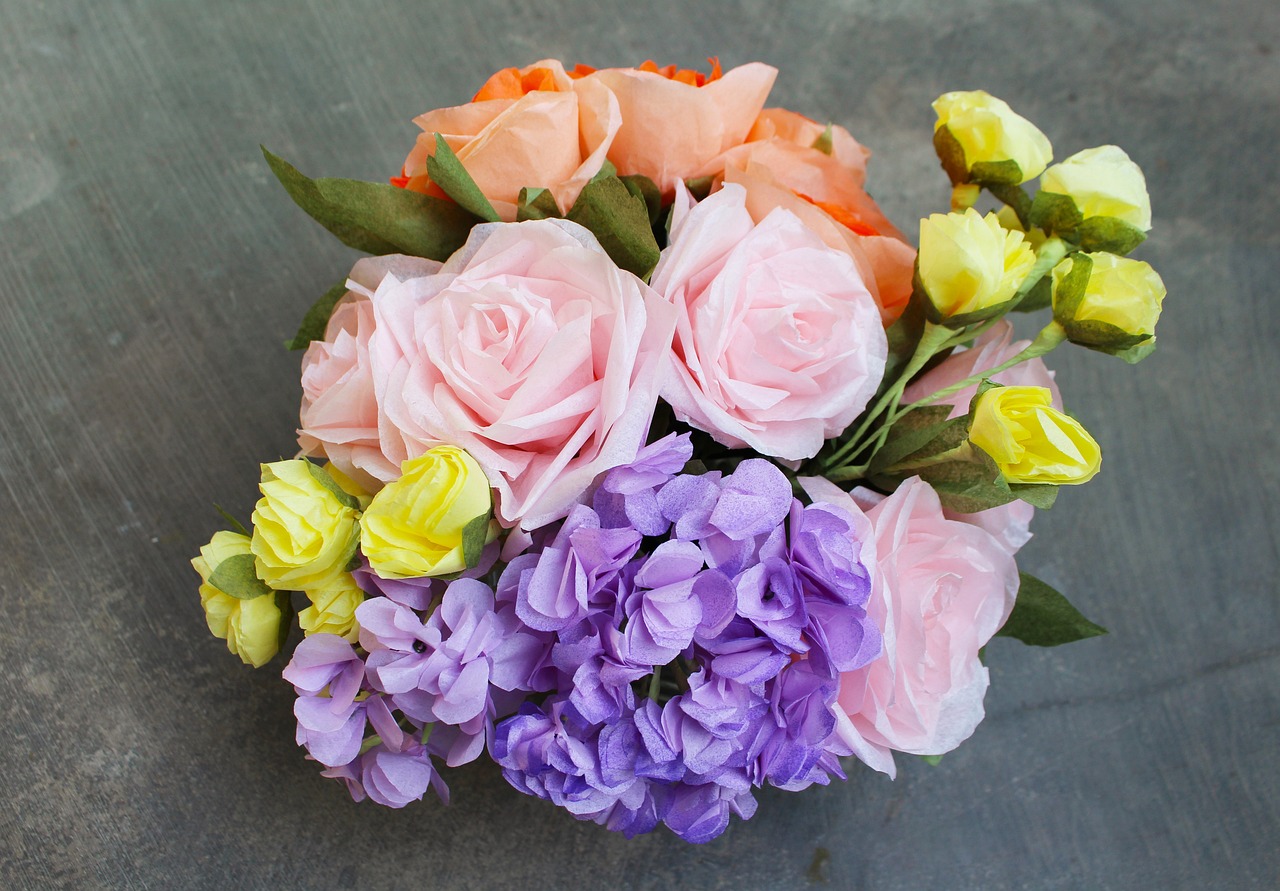
Quilting Techniques
When it comes to creating a stunning quilted table runner, the techniques you choose can make all the difference. Quilting isn’t just about sewing fabric together; it’s an art form that allows you to express your creativity and enhance the overall look of your project. There are various quilting techniques to explore, each offering a unique texture and style. Whether you're a beginner or a seasoned pro, understanding these techniques will help you elevate your table runner to a whole new level.
One of the most popular techniques is straight-line quilting. This method involves sewing straight lines across your fabric layers, creating a clean and modern look. It's straightforward, making it perfect for beginners who want to gain confidence. You can use a walking foot on your sewing machine to ensure even stitching, which helps prevent the fabric layers from shifting. Imagine the satisfaction of seeing those perfectly straight lines emerge as you sew—it's like watching a piece of art come to life!
On the other hand, if you're feeling adventurous, you might want to try free-motion quilting. This technique allows you to move the fabric in any direction while sewing, giving you the freedom to create intricate designs and patterns. It's akin to painting with a sewing machine, where you can let your imagination run wild. However, it does require a bit of practice to master, so don’t be discouraged if your first attempts aren’t flawless. The beauty of free-motion quilting lies in its imperfections, which add character to your piece.
Another technique worth mentioning is trapunto quilting. This method involves adding extra padding to certain areas of your quilt to create a raised effect. It’s a fantastic way to add depth and dimension to your table runner, making it visually appealing. You can achieve this by sewing around the areas you want to puff up and then adding batting underneath. The result is a stunning contrast that draws the eye and makes your table runner stand out.
As you explore these techniques, consider mixing and matching them to create a truly unique design. For instance, you could start with straight-line quilting for the base and then add free-motion quilting in specific areas for a pop of creativity. The possibilities are endless! Just remember to practice on scrap fabric before diving into your final project. This way, you can experiment with different techniques without the fear of ruining your beautiful fabrics.
Ultimately, the right quilting technique for your table runner will depend on your personal style and the look you want to achieve. Embrace the process, and don’t be afraid to try new things. Quilting is as much about the journey as it is about the finished product. So grab your sewing machine, choose your favorite technique, and let your creativity shine!
- What is the best quilting technique for beginners? Straight-line quilting is often recommended for beginners as it is simple and straightforward.
- Can I mix different quilting techniques? Absolutely! Mixing techniques can create a unique and interesting design.
- How do I maintain my quilted table runner? Regularly wash it on a gentle cycle and avoid harsh detergents to keep it looking fresh.
- What type of fabric is best for quilting? Cotton is the most popular choice due to its durability and ease of use.
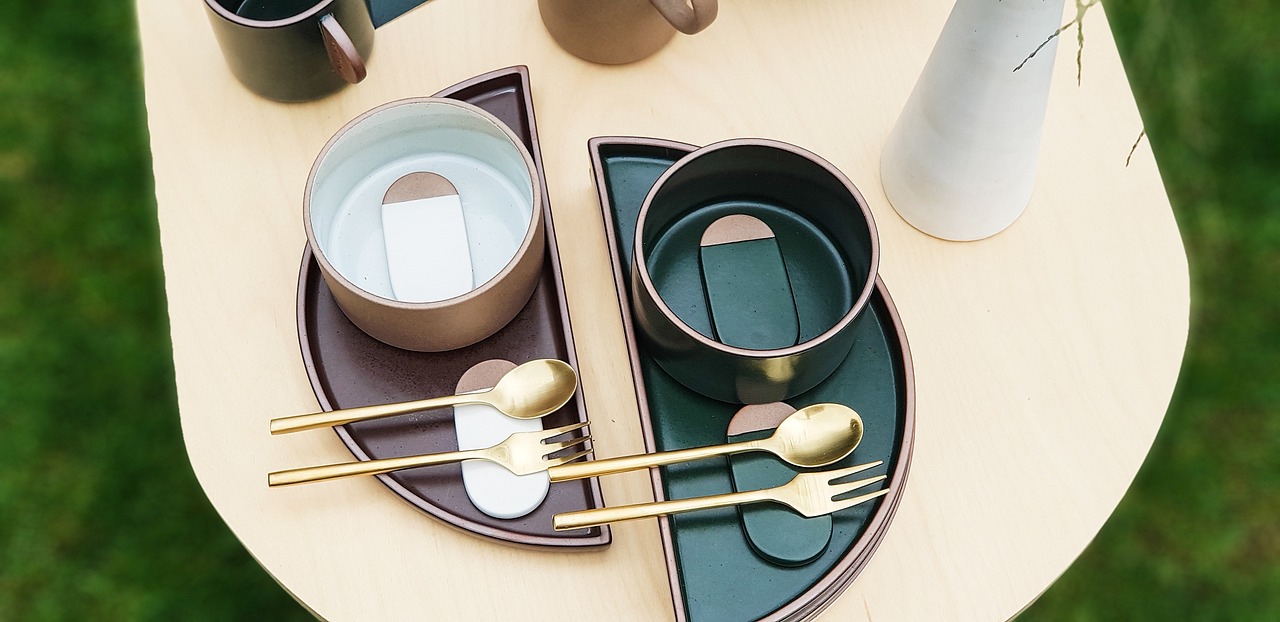
Hand Quilting vs. Machine Quilting
When it comes to quilting, one of the most debated topics among crafters is whether to use hand quilting or machine quilting. Each method has its own charm and set of advantages, making the decision largely dependent on your personal preferences, skills, and the specific project at hand. Let’s dive into the nitty-gritty of both techniques so you can make an informed choice!
Hand quilting is often seen as a labor of love. Picture yourself nestled in your favorite chair, needle in hand, creating intricate patterns that reflect your personal touch. This method allows for a deep connection with your project, as each stitch is made with intention. The tactile experience of fabric slipping through your fingers can be incredibly satisfying. Moreover, hand quilting can produce stunningly detailed designs that showcase your artistic flair. However, it does require considerable time and patience, which might not be ideal for everyone.
On the other hand, machine quilting is all about efficiency and speed. If you're someone who loves to see quick results, this method is your best friend. With a sewing machine, you can cover large areas in a fraction of the time it would take to hand stitch. Plus, modern machines come equipped with a variety of features that can help you achieve professional-looking results with ease. For instance, many machines have built-in quilting stitches, adjustable speed settings, and even quilting feet that can help you navigate curves and corners effortlessly.
Despite the speed of machine quilting, some purists argue that it lacks the warmth and character of hand quilting. However, it’s worth noting that machine quilting has come a long way, and with a bit of practice, you can create beautiful, unique designs that rival those made by hand. In fact, many quilters choose to combine both methods, using machine quilting for the bulk of their project and hand stitching for the finishing touches.
| Criteria | Hand Quilting | Machine Quilting |
|---|---|---|
| Time | Time-consuming, requires patience | Fast, ideal for quick projects |
| Detail | Highly detailed, personal touch | Can achieve professional results |
| Skill Level | Requires practice and technique | Easy to learn, especially with modern machines |
| Connection | Deep personal connection to the project | Less personal, but satisfying |
Ultimately, the choice between hand quilting and machine quilting comes down to what you enjoy most. Some crafters find joy in the peacefulness of hand stitching, while others thrive on the efficiency of machine work. Why not try both? You might discover that each method has its place in your quilting journey.
Q: Can I combine hand and machine quilting in one project?
A: Absolutely! Many quilters enjoy the best of both worlds by using machine quilting for the main sections and adding hand-stitched details for a personal touch.
Q: Which method is more suitable for beginners?
A: Machine quilting is generally easier for beginners, as it allows for quicker learning and immediate results. However, hand quilting can also be a great way to practice stitching skills.
Q: How long does each method typically take?
A: Hand quilting can take days or even weeks, depending on the complexity of the design, while machine quilting can often be completed in a few hours.
Q: Do I need special tools for hand or machine quilting?
A: For hand quilting, you'll need needles, thread, and a thimble. For machine quilting, a sewing machine with a quilting foot and appropriate thread will suffice.
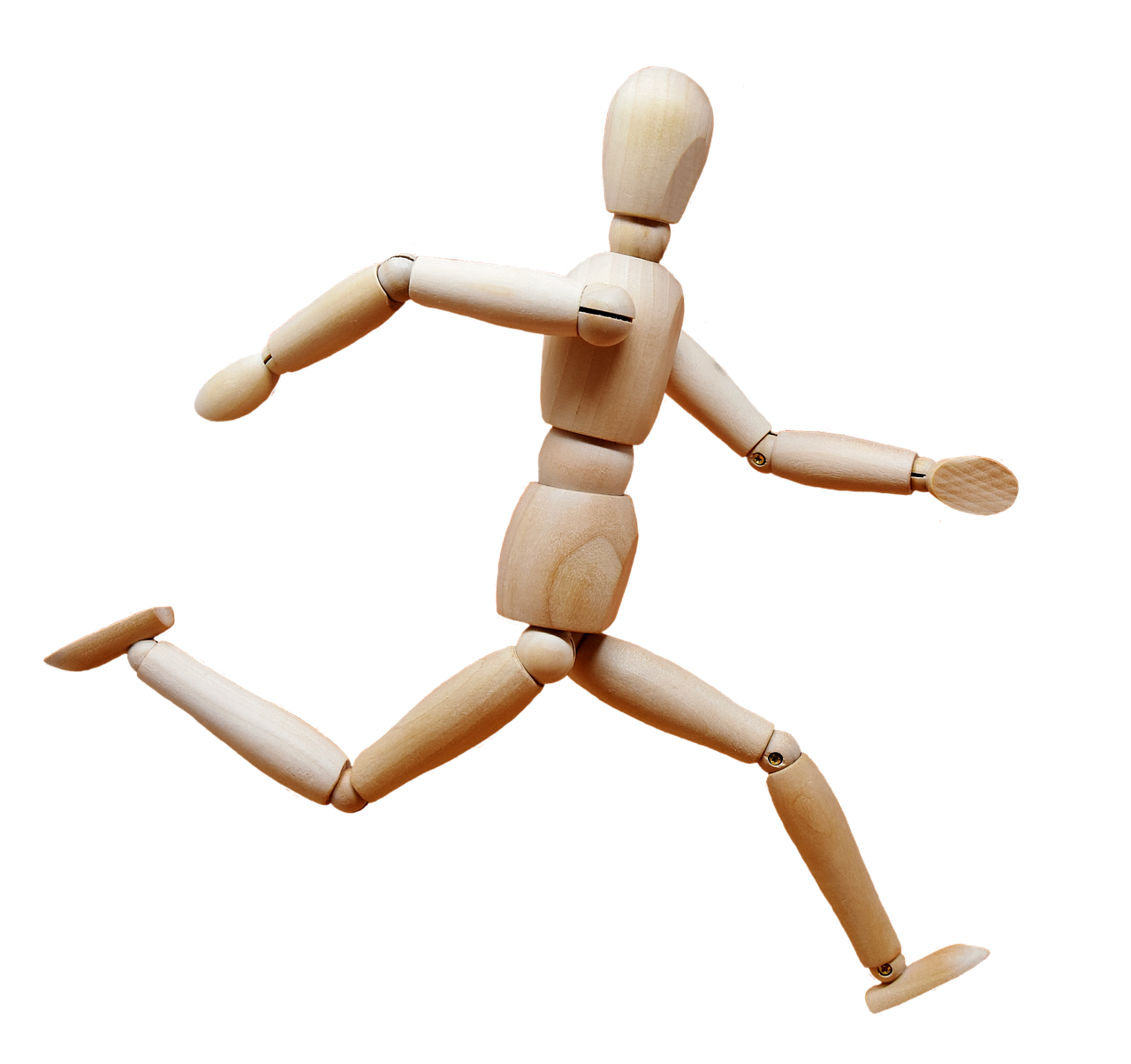
Adding Decorative Elements
When it comes to personalizing your quilted table runner, the possibilities are as endless as your imagination! Adding decorative elements not only enhances the visual appeal of your creation but also makes it uniquely yours. Think of your table runner as a blank canvas, waiting for your artistic touch. You can incorporate various techniques such as embroidery, appliqué, or even fabric paint to elevate your design. Each method offers a different flair and can transform an ordinary piece into something extraordinary.
One popular way to add a personal touch is through embroidery. Whether you choose to stitch a simple monogram or a more intricate floral design, embroidery can add depth and texture to your table runner. If you're new to embroidery, start with basic stitches like the backstitch or French knot. They are beginner-friendly and can make a significant impact. Imagine the pride you'll feel when guests admire your handiwork!
Appliqué is another fantastic technique to consider. This involves sewing a piece of fabric onto your table runner to create shapes or patterns. You could use contrasting fabrics to create a vibrant design or stick to a monochromatic theme for a more subtle effect. The beauty of appliqué lies in its versatility; you can create anything from whimsical animals to elegant floral motifs. To get started, you'll need to cut out your desired shapes, then securely attach them using a zigzag stitch or a straight stitch.
If you're feeling particularly adventurous, consider using fabric paint to add designs or quotes to your table runner. This method allows for complete creative freedom, enabling you to express your personality through colors and patterns. Just be sure to use fabric paint that is specifically designed for textiles, as it will withstand washing and maintain its vibrancy over time. You can even create a stencil for more precise designs, making it easier to achieve professional-looking results.
To help you visualize the options available, here's a quick overview of some popular decorative elements:
| Technique | Description | Skill Level |
|---|---|---|
| Embroidery | Stitching designs onto fabric for added texture. | Beginner to Advanced |
| Appliqué | Attaching fabric shapes to the main fabric. | Beginner to Intermediate |
| Fabric Paint | Painting designs directly onto fabric. | Beginner |
Incorporating these decorative elements can truly transform your quilted table runner into a masterpiece. Don't be afraid to experiment and mix different techniques; after all, the most beautiful creations often come from a blend of ideas and styles. Remember, this is your project, so let your creativity shine! As you add these finishing touches, think about how they reflect your personality and style. Your table runner will not only serve as a functional piece but also as a stunning conversation starter in your home.
Q1: How do I choose the right colors for my decorative elements?
A1: Consider the overall color scheme of your home decor. You can either match the existing colors or go for a contrasting palette to make your table runner pop. Using a color wheel can also help you find complementary colors.
Q2: Can I wash my table runner after adding decorative elements?
A2: Yes, but be sure to follow the care instructions for the materials you used. If you used fabric paint or embroidery, it's best to hand wash or use a gentle cycle to preserve your design.
Q3: What if I make a mistake while adding decorative elements?
A3: Mistakes happen! You can often cover them up with additional embellishments or try to incorporate them into your design creatively. Embrace imperfections; they can add character to your project.

Finishing Touches and Care
After pouring your heart and soul into creating your quilted table runner, it’s time to add those all-important finishing touches that will elevate your project from merely 'nice' to absolutely stunning. First and foremost, let’s talk about binding. This is the final step that frames your creation beautifully while ensuring durability. You can choose from a variety of binding techniques, such as double-fold binding or bias binding. Each method has its unique charm and can affect the overall look of your table runner.
To create a professional finish, make sure your binding strips are cut on the bias, which allows for better flexibility around corners. Once you’ve attached the binding, take a moment to check for any loose threads or imperfections. A quick snip here and there can make all the difference!
Now, let’s move on to care instructions. Your quilted table runner is not just a decorative piece; it’s a labor of love that deserves proper maintenance. To keep it looking fresh and vibrant, follow these simple care tips:
- Washing: Always wash your table runner in cold water on a gentle cycle. This helps preserve the colors and prevents any potential shrinkage.
- Drying: Air drying is the best option. If you must use a dryer, opt for a low heat setting to avoid damaging the fabric.
- Ironing: If your table runner needs a touch-up, use a warm iron. Be cautious around any embellishments, as high heat can cause damage.
Additionally, consider using a fabric protector spray to safeguard against spills and stains. This not only prolongs the life of your runner but also makes clean-up a breeze. Remember, your table runner is a reflection of your style, so treating it with care is essential!
Finally, don’t hesitate to showcase your beautiful creation! Whether it’s gracing your dining table during family gatherings or adding a pop of color to your coffee table, your quilted table runner will surely be a conversation starter. So, go ahead and flaunt your handiwork with pride!
Q: How do I choose the right fabric for my table runner?
A: Look for fabrics that are not only visually appealing but also durable. Cotton is a popular choice due to its ease of care and variety of patterns.
Q: Can I machine wash my quilted table runner?
A: Yes, you can, but always wash it on a gentle cycle with cold water to maintain the integrity of the fabric.
Q: What is the best way to store my table runner?
A: Store your table runner in a cool, dry place, preferably rolled up or flat to avoid creases.
Q: How often should I clean my table runner?
A: It depends on usage. If it’s used frequently, aim for a wash every few weeks; otherwise, a seasonal clean should suffice.
Frequently Asked Questions
- What fabrics are best for a quilted table runner?
When choosing fabrics for your quilted table runner, consider cotton as it’s durable and comes in a variety of beautiful patterns and colors. You can also mix in some linen or polyester blends for added texture. Just make sure the fabrics you select complement each other to create a cohesive look!
- Do I need a special sewing machine for quilting?
While you don’t necessarily need a specialized quilting machine, having a sewing machine with a walking foot can make your quilting experience much smoother. A walking foot helps feed multiple layers of fabric evenly, which is crucial for achieving that professional finish.
- How do I measure my table for the runner?
To measure your table, simply use a measuring tape. Measure the length and width of your table, and then decide how much overhang you want on each side of the runner. A common overhang is about 6 to 12 inches, but feel free to adjust based on your personal style!
- What is the difference between hand quilting and machine quilting?
Hand quilting offers a personal touch and can be a meditative experience, while machine quilting is generally faster and can produce more uniform stitches. If you’re short on time or prefer a modern look, machine quilting might be the way to go. However, if you enjoy the process and want to add unique details, hand quilting is perfect!
- Can I add decorative elements to my table runner?
Absolutely! Adding decorative elements like embroidery, appliqué, or even fabric paint can personalize your table runner and make it truly one-of-a-kind. Get creative and let your personality shine through your design!
- How do I care for my quilted table runner?
To keep your quilted table runner looking its best, wash it in cold water on a gentle cycle and tumble dry on low heat. Avoid harsh detergents and consider using a color-safe detergent to preserve the vibrancy of your fabrics. Always check the care instructions for your specific materials!



















